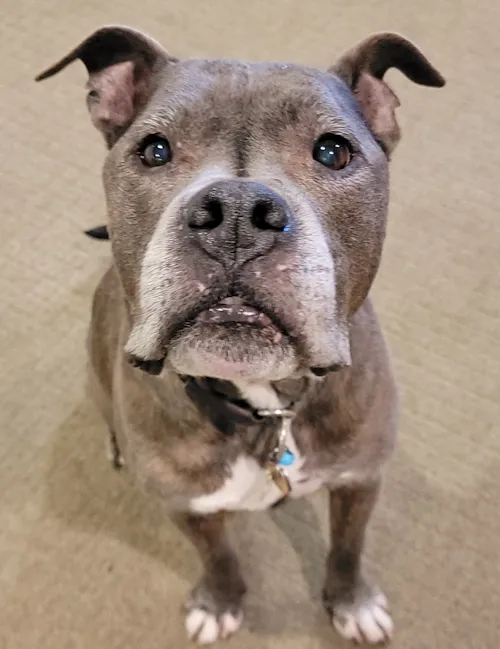By Gaby Dufresne-Cyr, CBT-FLE
In the vast spectrum of human-dog relationships, there exists a myriad of dynamics ranging from harmonious companionship to troubling dysfunctionality. While dogs have long been regarded as man's best friend, the reality is that not all…
Read more























